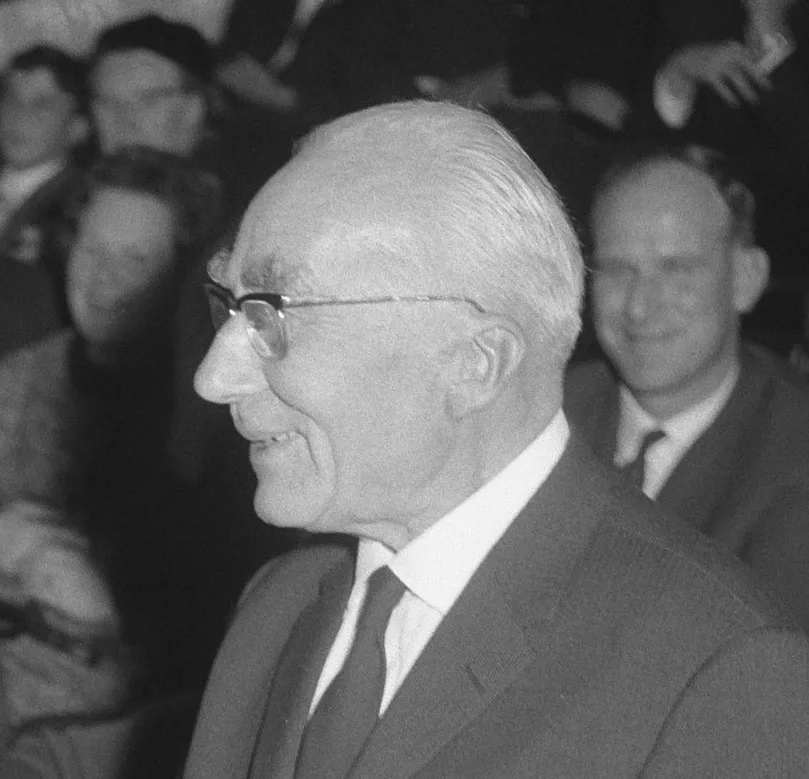

Information
Details
Piet Zwart was a Dutch designer, photographer, and typographer and was heavily influenced by Russian Constructivism and the Dutch De Stijl movement. After studying at the School of Applied Arts, Amsterdam he worked as a graphic designer. His innovative typography includes designs for clients such as Dutch Cable Factory in Delft and the Dutch Postal Telegraph and Telephone Company.
Linked Information

Piet Zwart was a Dutch designer, photographer, and typographer and was heavily influenced by Russian Constructivism and the Dutch De Stijl movement. After studying at the School of Applied Arts, Amsterdam he worked as a graphic designer. His innovative typography includes designs for clients such as Dutch Cable Factory in Delft and the Dutch Postal Telegraph and Telephone Company.